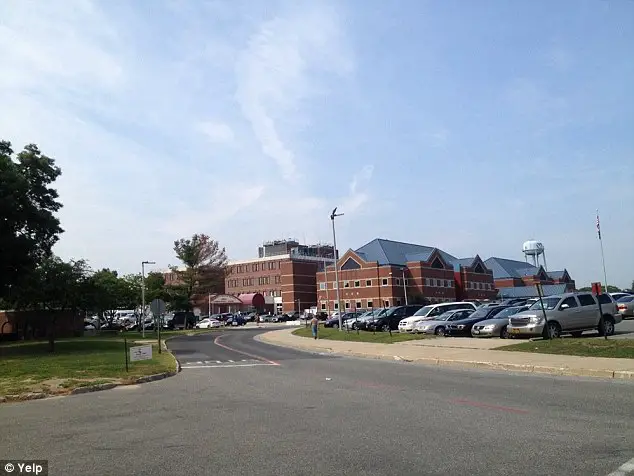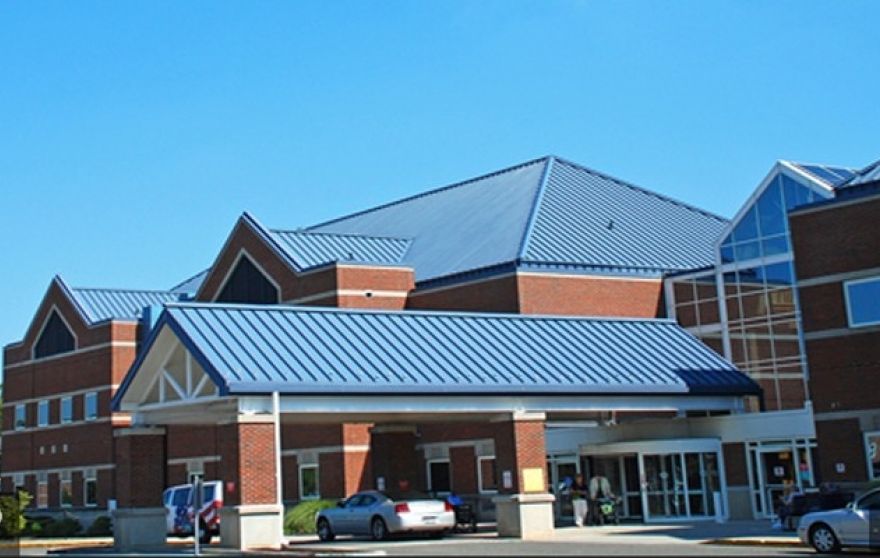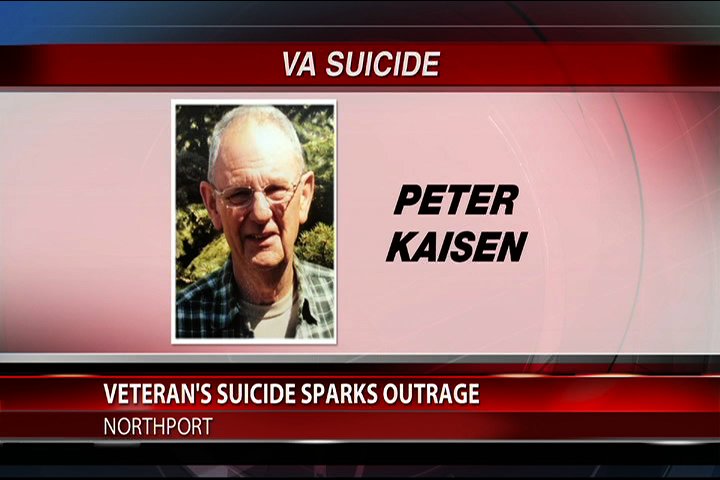The assisted living industry is booming, by tapping into the fantasy that we can all be self-sufficient until we die.
By
Ms.
Anand, formerly a reporter for The New York Times, is a professor at
the University of California, Berkeley, Graduate School of Journalism.
Assisted living seems like the solution to everyone’s worries about old age.
It’s built on the dream that we can grow old while being self-reliant
and live that way until we die. That all you need is a tiny bit of help.
That you would never want to be warehoused in a nursing home with
round-the-clock caregivers. This is a powerful concept in a country
built on independence and self-reliance.
The problem is that for most of us, it’s a lie. And we are all complicit in keeping it alive.
The
assisted living industry, for one, has a financial interest in
sustaining a belief in this old-age nirvana. Originally designed for
people who were mostly independent, assisted living facilities have nearly tripled in number in the past 20 years to about 30,000 today. It’s a lucrative business: Investors in these facilities
have enjoyed annual returns of nearly 15 percent over the past five
years — higher than for hotels, office, retail and apartments, according
to the National Investment Center for Seniors Housing and Care.
The
children of seniors need to believe it, too. Many are working full time
while also raising a family. Adding the care of elderly parents would
be a crushing burden.
I know this
fantasy well. When my parents, who were then in their 70s, were unable
to take care of themselves, I bought an apartment in Brooklyn that was
big enough to fit them, in addition to my husband and our two young
children. But then my husband lost his job in the Great Recession, and
we could no longer afford the mortgage.
The only solution
I could think of was to move. I took a job in India, where the dollar
goes farther, so I could rent an apartment big enough to fit us all and
hire helpers to care for my parents and children while my husband and I
worked.Back then, I, too, dreamed
about those assisted living facilities. My parents seemed so bored and
lonely in my house. And it was hard for us to keep up with their
ballooning needs. They grew so enormous that I eventually had to quit my
job.
As I struggled to support my parents, assisted living became a private dream for my own old age.
Now
that I am back in the United States, I have been thinking about
assisted living again. My dad died in 2017, after living with us for
nine years, and my 83-year-old mother now lives in New York City with my
sister. Would assisted living offer our mother better care and relieve
the pressure on my sister, who works full time while raising a young
daughter?
Sadly, I’ve discovered the answer is no.
The
irony of assisted living is, it’s great if you don’t need too much
assistance. If you don’t, the social life, the spalike facilities, the
myriad activities and the extensive menus might make assisted living the
right choice. But if you have trouble walking or using the bathroom, or
have dementia and sometimes wander off, assisting living facilities
aren’t the answer, no matter how desperately we wish they were.
“They
put their money into the physical plant. It’s gorgeous,” said Cristina
Flores, a former home health care nurse who has a Ph.D. in nursing
health policy, lectures in the gerontology program at San Francisco
State University and runs three small group homes for the elderly.
But when it comes
to direct care, the facilities are often lacking. “The way they market
everything is, it’s all about autonomy and independence, which are
important concepts,” she said. Families and residents don’t realize that
these facilities are not designed to provide more than minimal help and
monitoring. Even those that advertise “24-hour” monitoring may have
someone present round-the-clock on the premises, but may not have
sufficient staff to actually monitor and assist the large number of
residents.
“People’s defense against
something horrible happening is, ‘Well, they have a right to be
independent,” she said. “‘Yes, he did walk up the stairs with his walker
and fall down and die, but he had a right to do that.’ That’s a
horrible defense. You don’t just allow people to do unsafe things.”
Most residents of assisted living need substantially more care than they are getting. Half of those residing in assisted living facilities
in the United States are over the age of 85, the Centers for Disease
Control reports. And this trend is accelerating. The number of people 85 years of age and older in the United States will nearly triple to about 18 million by 2050, according to the Census Bureau.
“When
you say nursing home, people say, ‘Yuk,’” said Eric Carlson, the
directing attorney for Justice in Aging, a national advocacy group for
low-income older Americans. “When you say assisted living, a lot of
people say, ‘That sounds good.’ Nobody realizes the system is broken.”
When something bad happens to a resident of an assisted living facility,
“They just think it was that facility that was horrible,” he says.
Part
of the problem is a lack of regulation. Nursing homes are regulated and
inspected and graded for quality to ensure that residents receive
adequate care. The federal government does not license or oversee assisted living facilities, and states set minimal rules. Nursing homes are
required to have medical directors on staff who review patient
medications regularly, while there is usually no such requirement in
assisted living.
Not surprisingly, complaints against assisted living facilities are mounting in courts around the country.
In
June of last year, Claude Eugene Rogers, an 83-year-old retired Marine,
suffered from heatstroke at an assisted living facility in Roseville,
near Sacramento. He died a few days later. A state investigation said
that he had been left on an outside patio in his wheelchair for one hour
and 45 minutes or longer that morning, when local temperatures reached
93 degrees Fahrenheit. The state in July moved to revoke the facility’s
license to operate, which it is fighting to retain, while denying any
wrongdoing.
His
family was devastated. They had chosen assisted living when his
dementia grew more severe and his wife was no longer able to care for
him at home. “We thought it was a nice place and the people there could
provide great care and the other residents there would be friends for my
dad,” his son, Jeffrey Rogers, told me.
Bonnie
Walker, 90, who also suffered from dementia, wandered undetected out of
an assisted living facility in South Carolina sometime after midnight
in July 2016. According to a lawsuit, her remains were found eight hours
later in a pond nearby, and her pacemaker was recovered from inside an
alligator that lived on the property.
Her family, after
struggling to care for her at home, had taken her to assisted living
believing she would be safer. They visited her daily and took her home
on Sundays. “My grandma deserved to have us there” when she died, her
granddaughter, Stephanie Weaver, told me, “not to go the way she did.”
Ruth
Gamba, 96, fell three times during her first month in a memory care
unit of an assisted living facility in Fremont, Calif., her family said
in a lawsuit against the facility. Memory care units are supposed to
provide closer monitoring and care of patients with dementia. But in
Mrs. Gamba’s most recent fall, she broke her hip and fractured her toes,
her family said in the lawsuit.
Her
son, Peter Gamba, a television editor in Los Angeles, told me that he
and his sister moved their mother into the facility because it promised
round-the-clock monitoring. More than 40 percent of people
in assisted living have some form of dementia. Construction of memory
care units in assisted living facilities is the fastest-growing segment
of senior care. But assisted living, even memory care units, often
aren’t the right place for people with dementia. In most states, there’s no requirement that these units be staffed with enough people or that they be properly trained.
Assisted
living has a role to play for the fittest among the elderly, as was its
original intent. But if it is to be a long-term solution for seniors
who need substantial care, then it needs serious reform, including
requirements for higher staffing levels and substantial training.
That will raise prices, and assisted
living already costs between about $4,800, on average, each month, and
nearly $6,500 if dementia care is needed, according to the National
Investment Center, a group that analyzes senior housing reports.
Perhaps
the United States can learn from Japan, which is a few decades ahead of
us in grappling with how to care for its rapidly aging population.
Japan created a national long-term-care insurance system that is
mandatory. It is partly funded by the government but also by payroll
taxes and additional insurance premiums charged to people age 40 and
older. It is a family-based, community-based system, where the most
popular services are heavily subsidized home help and adult day care.
Japanese families still use nursing homes and assisted living
facilities, but the emphasis is on supporting the elder population at
home.
We need to let go of the ideal
of being self-sufficient until death. Just as we don’t demand that our
toddlers be self-reliant, Americans need to allow the reality of
ourselves as dependent in our old age to percolate into our psyches and
our nation’s social policies. Unless we face up to the reality of the
needs of our aging population, the longevity we as a society have gained
is going to be lived out miserably.
As Mr. Gamba told me, “There’s going to be lots and lots of old people dying left and right with nobody attending to them.”
Full Article & Source:
How Not to Grow Old in America


















